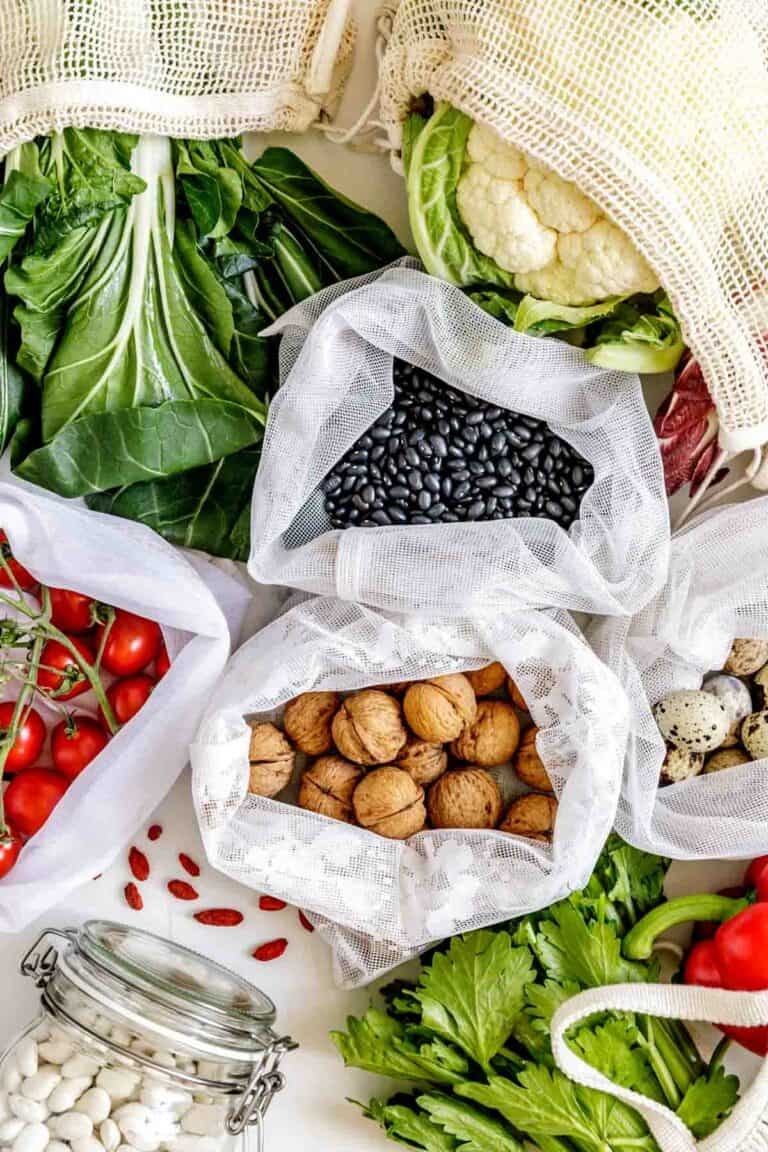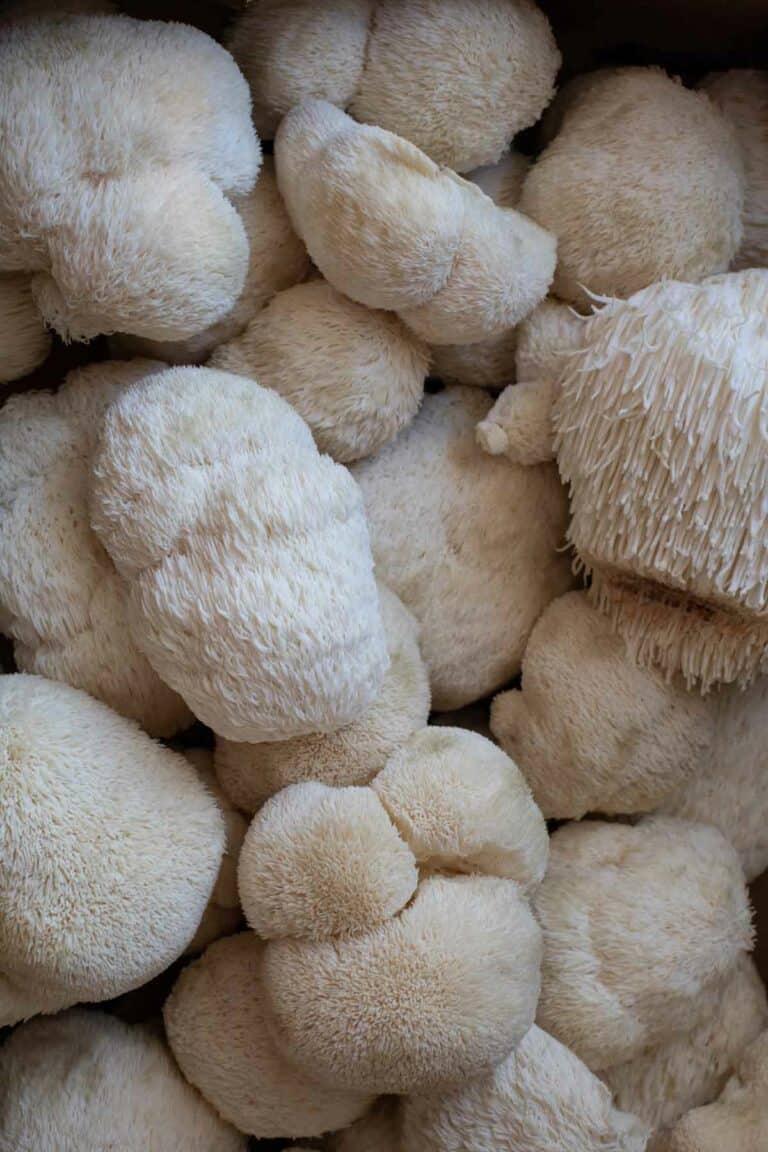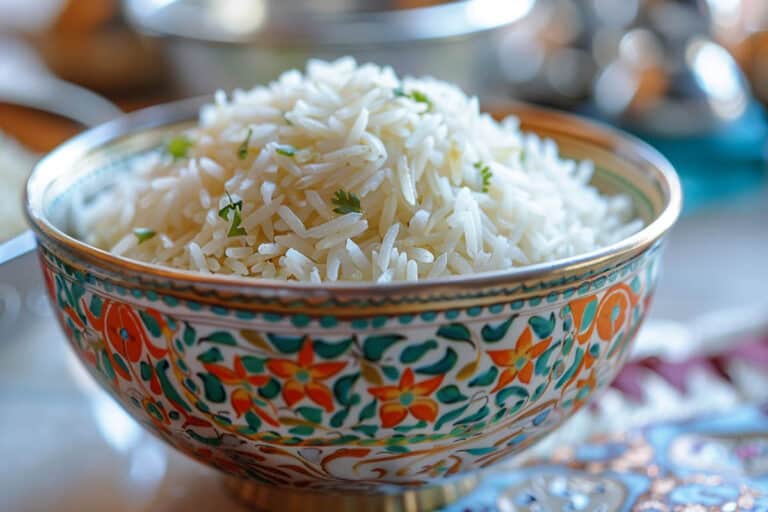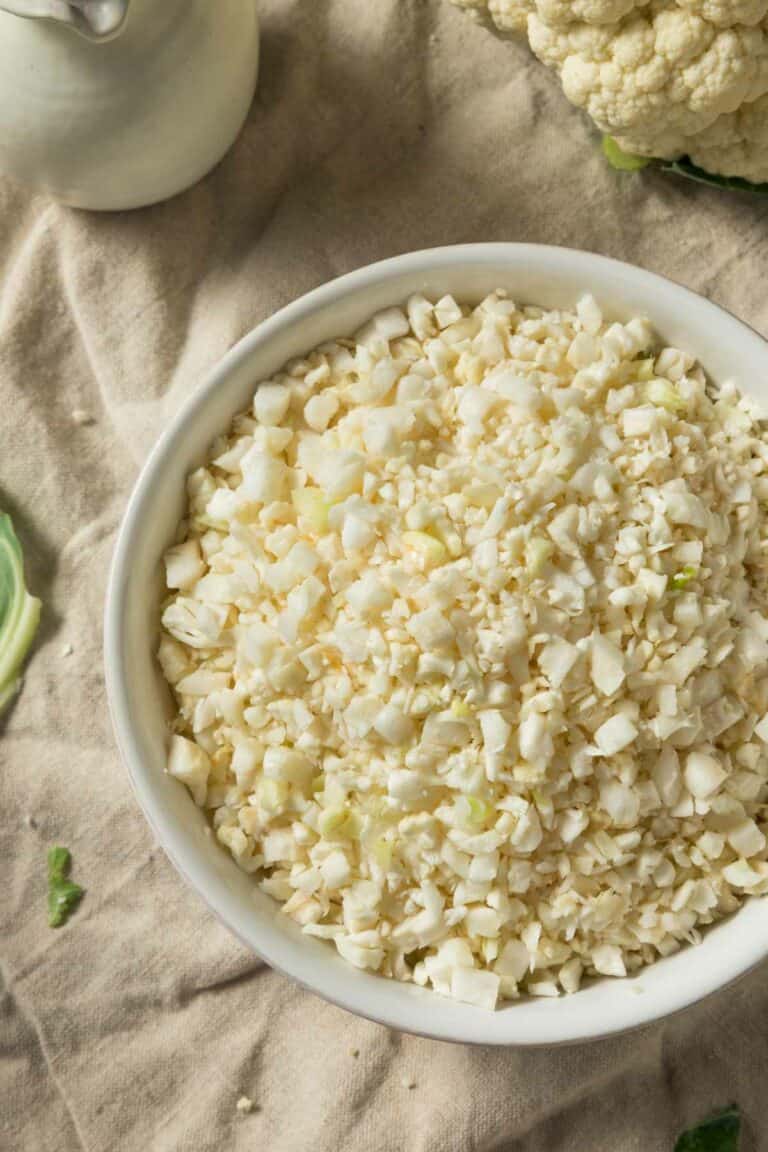A Pinch of Excellence: Your Guide To Different Types of Salt
Get ready to add new flavor to your meals with just a pinch of these different types of salt. Step away from the same boring choice in your cooking and dive into the sophisticated realm of gourmet salt from all over the world.
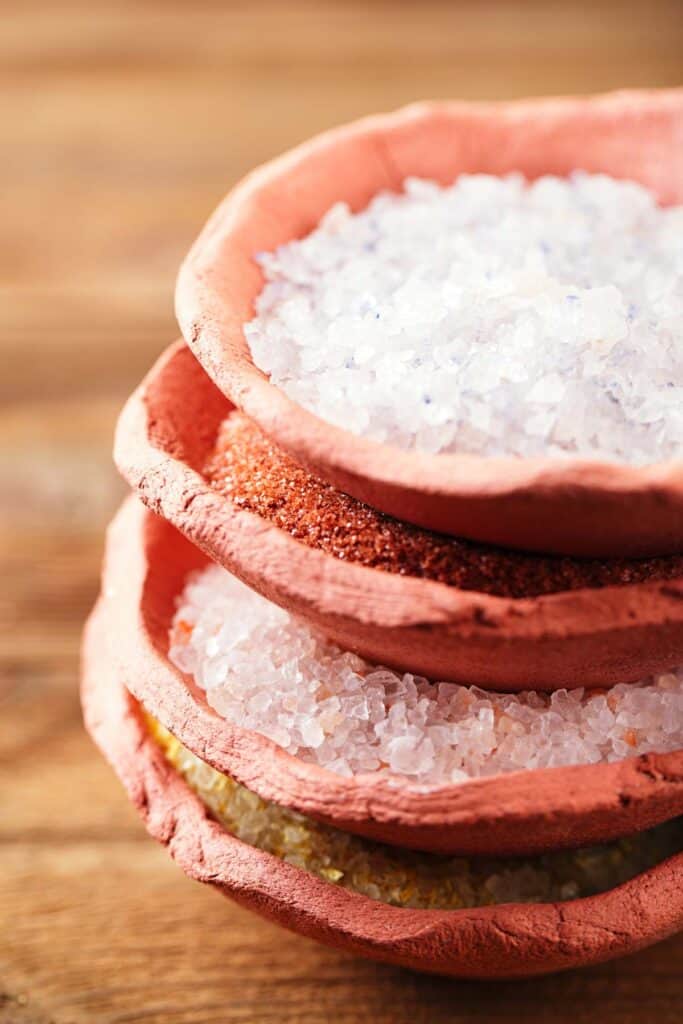
A Guide To Different Types of Salt for Cooking
Salt is a fundamental ingredient in cooking that adds flavor, enhances taste, and brings out the best in our dishes. However, not all salt is created equal.
There are various types of salt, each with unique qualities and specific purposes, not to mention history and cultural significance. Let’s explore the different types of salt commonly used in cooking and some new ones you probably haven’t heard of before.
Table Salt
Table salt is a widely used type of salt known for its fine texture and white color. It is typically derived from purifying seawater or underground salt deposits.
Sprinkle this versatile salt on food during and after cooking to enhance the taste of various dishes. It is the most widely available at any grocery store.

Sea Salt
Sea salt is another type of salt from the sea, this time made through solar evaporation. Sea salt comes in fine or coarse grounds and can taste slightly more potent than table salt.
Like table salt, you can use sea salt to season your food. Finely ground salt is best for bulletproof tea and baking because it won’t leave an undesirable gritting texture.
However, medium to coarse crystals are ideal for decorating the rim of a margarita glass, preserving homemade pancetta, and garnishing salted caramel chocolate bark.
Since this type of salt is low in moisture, it is the ideal ingredient for homemade herbal salt and seasoning blends. I also use it in homemade beauty products, like body scrub and bath salt, because it’s an all-purpose ingredient.
Smoked Sea Salt
A special smoking process using various woods infuses smoky flavors into smoked sea salt. The taste is alluring but has no trace of tinge or burnt aftertaste like other brands I’ve used.
This smoky salt is often used as a finishing salt, sprinkled on dishes just before serving to add an extra layer of flavor. Grilled and roasted vegetables benefit most from it, while it’s not recommended for desserts. You can press it into the tops of dinner rolls just before baking.
Red Alaea Salt
Red Alaea salt is a unique type of salt that originates from Hawaii. It gets its name from the reddish color it possesses, which comes from the special volcanic clay known as Alaea.

Sought after for its ability to enhance the flavor and presentation of various dishes, this salt is a common choice for finishing desserts. I particularly love it on frosted cupcakes because it creates a stunning contrast.
Cyprus Flake Salt
Cyprus flake salt is by far my favorite decorative salt. It has a wonderfully light flavor and delicate crunchy texture, making it ideal for finishing sweet and savory dishes. Add it to anything from salads and roasted vegetables to your favorite chocolate chip cookie.
The unique pyramid shape forms through a very technical evaporation process that may take up to two years per batch to complete. Next time you want to make your food look and taste extra special, give flake salt a try.
Black Lava Salt

Black lava salt is a unique type of salt infused with activated charcoal. This is another salt that brings pop to a recipe but has quite a muted flavor. I usually use a bit of sea salt for taste and then add black salt to increase the visual appeal. It’s delicious on avocado toast and pretzels.
Gourmet types of salt like this one make great gifts. Laura Sampson from Little House Big Alaska comments, “One of our sons brought us black lava salt from a Hawaiian salt-master, and it adds a nice flavor and pop of color to vegetables.”
Fleur de Sel
Fleur de sel is a fancy type of salt that originates from France. This exquisite salt is meticulously hand-harvested from the top layer of salt ponds, making it the cream of the crop.
Known as the caviar of salts, Fleur De Sel boasts a delicate and complex flavor that can enhance a wide range of dishes. Whether sprinkled over blanched vegetables, blondies, or caramels, Fleur De Sel is sure to bring a refined elegance to your culinary creations.
Celtic Sea Salt
Celtic sea salt is harvested from the Atlantic Ocean and is known for its gray color and coarse texture. Some people say it has a more robust flavor than regular table salt and enjoy using it as their everyday salt. Add pizzazz to staples like Chocolate Pumpkin Bread, or sprinkle it on top of popcorn.

Himalayan Pink Salt
Yet another colorful salt, Himalayan pink salt, adds visual appeal and varied mineral content to a recipe. With a mild flavor, this is suitable for daily use on favorites like roasted potatoes, marinade, and stir-fry. It has a long-standing role in local culture as a natural food preservation and trade product.
Large salt crystals are sold in refillable grinders, so it’s easy to keep them on the table for easy access. My kids love the task of seasoning with freshly ground salt and pepper. It’s an entertaining highlight for the whole family.

In Conclusion
These are some of the most popular different types of salt you can use in your cooking. From table salt to pink salt, each one has its own unique taste and uses.
In some cases, you can substitute one type of salt for another without major consequences. Pay attention to which are suitable for the cooking process or best for garnishing.
Set aside some time for experimenting with the selection covered here until you know what you like best. Next time you’re in the kitchen, grab the right salt and add a little pinch for a big impact.
This article originally appeared on Primal Edge Health.

